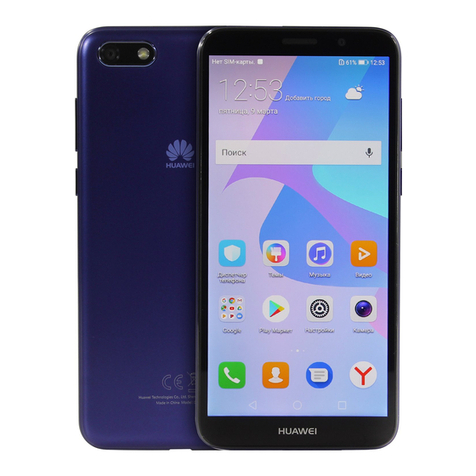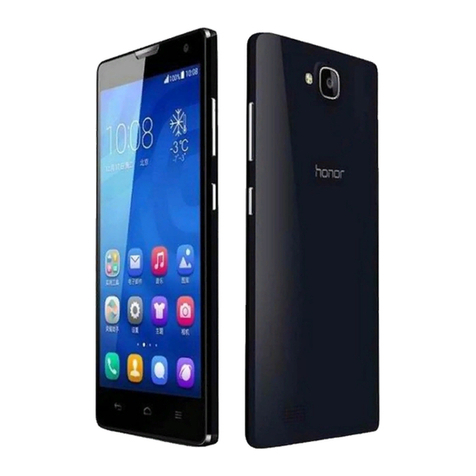Huawei U7519 User manual
Other Huawei Cell Phone manuals
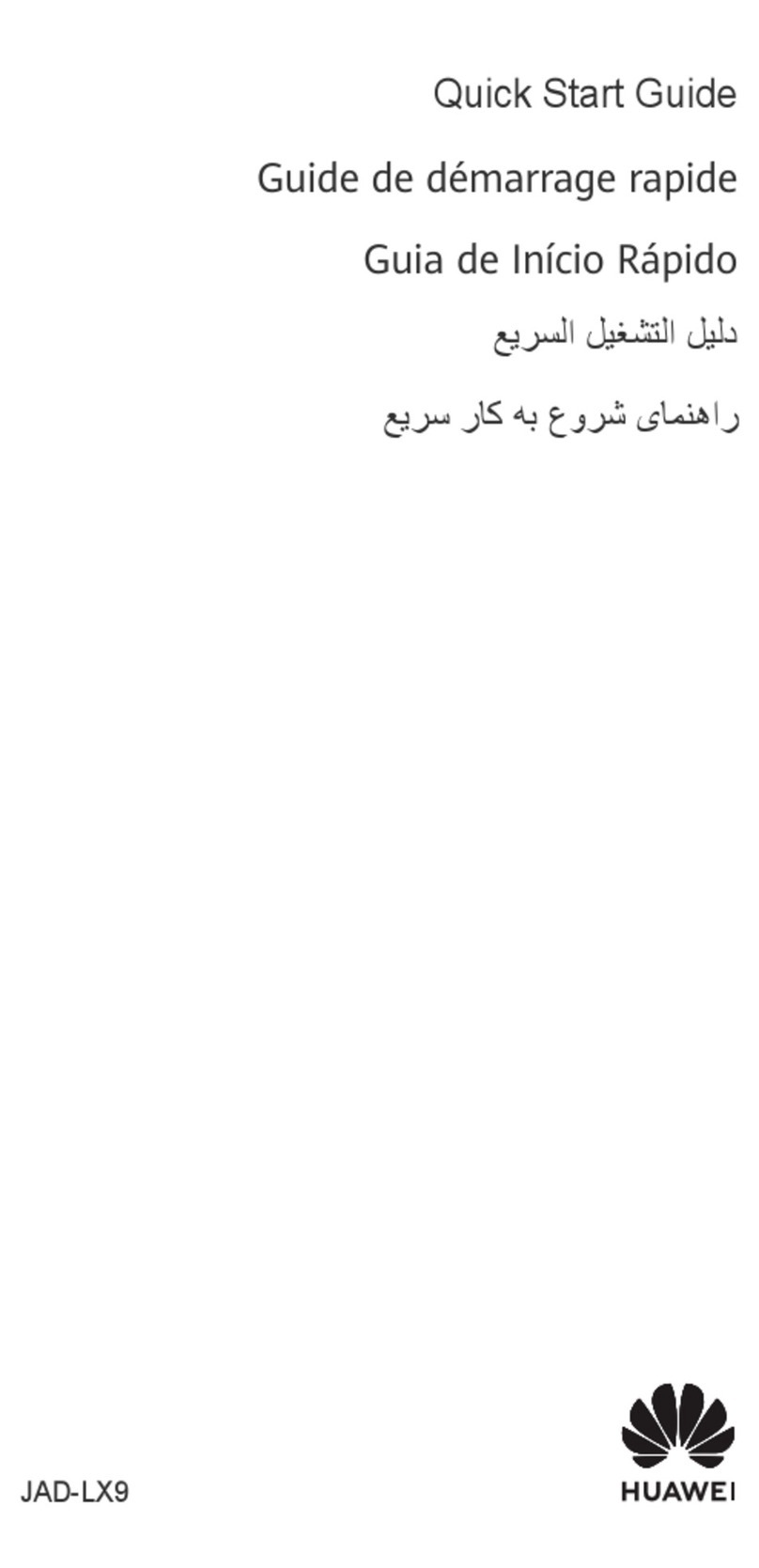
Huawei
Huawei JAD-LX9 User manual
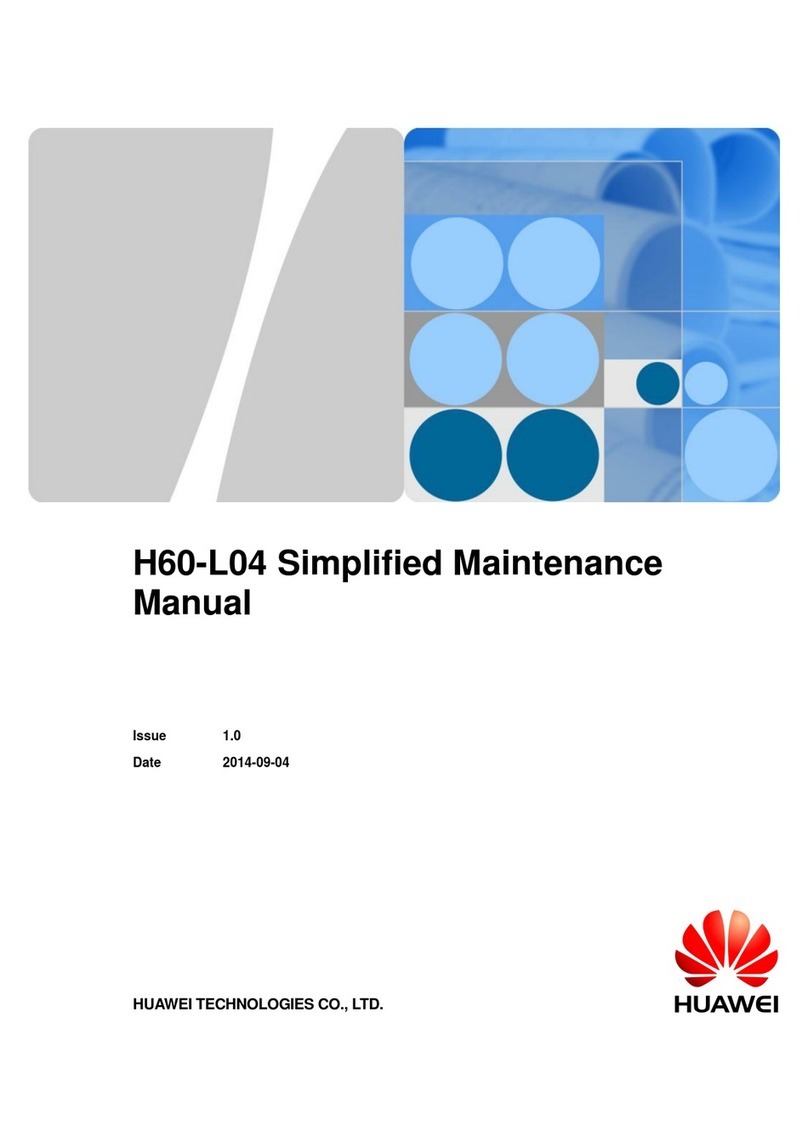
Huawei
Huawei H60-L04 honor 6 User manual
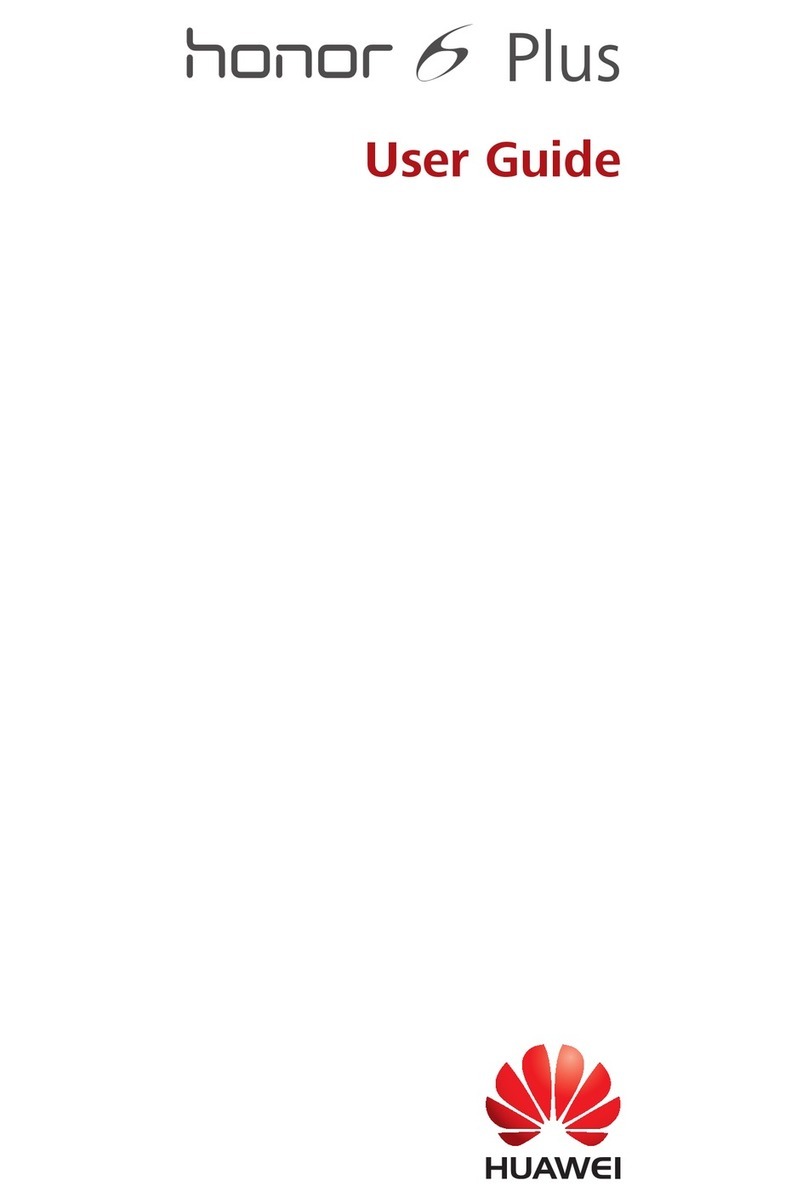
Huawei
Huawei Honor 6 Plus User manual
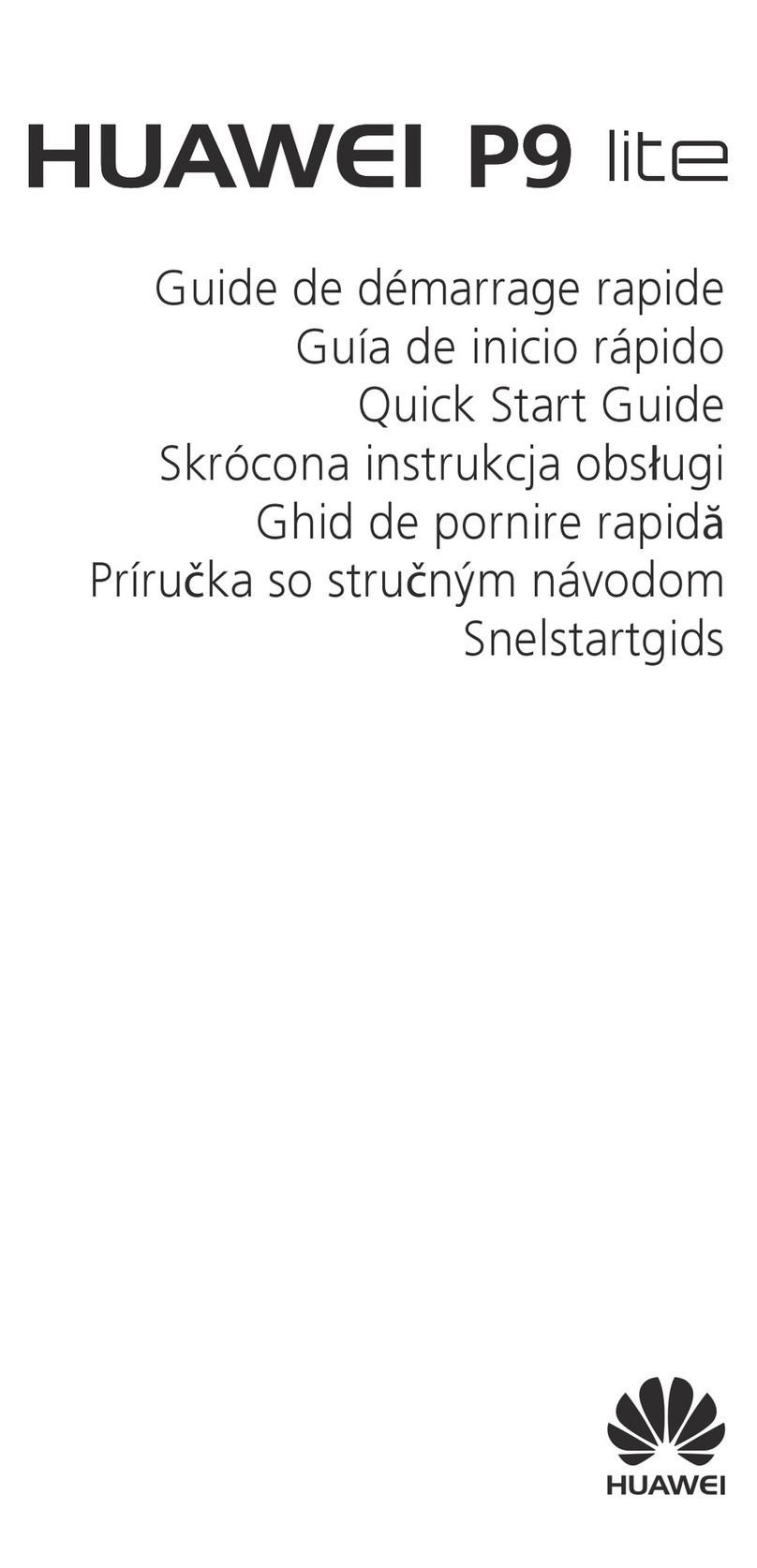
Huawei
Huawei P9 LITE User manual
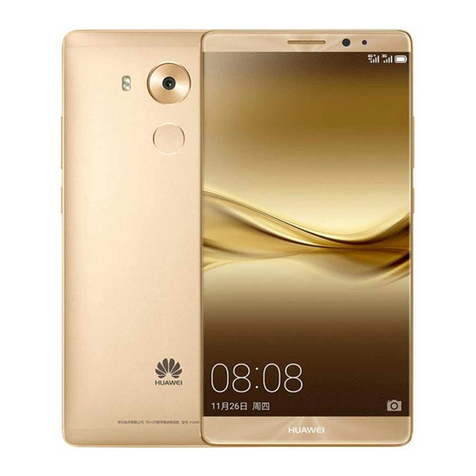
Huawei
Huawei Mate 8 User manual
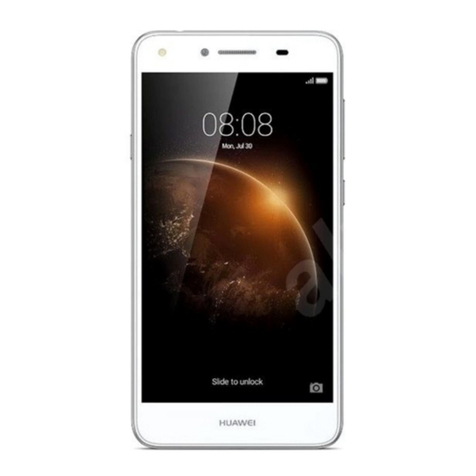
Huawei
Huawei LYO-L02 User manual
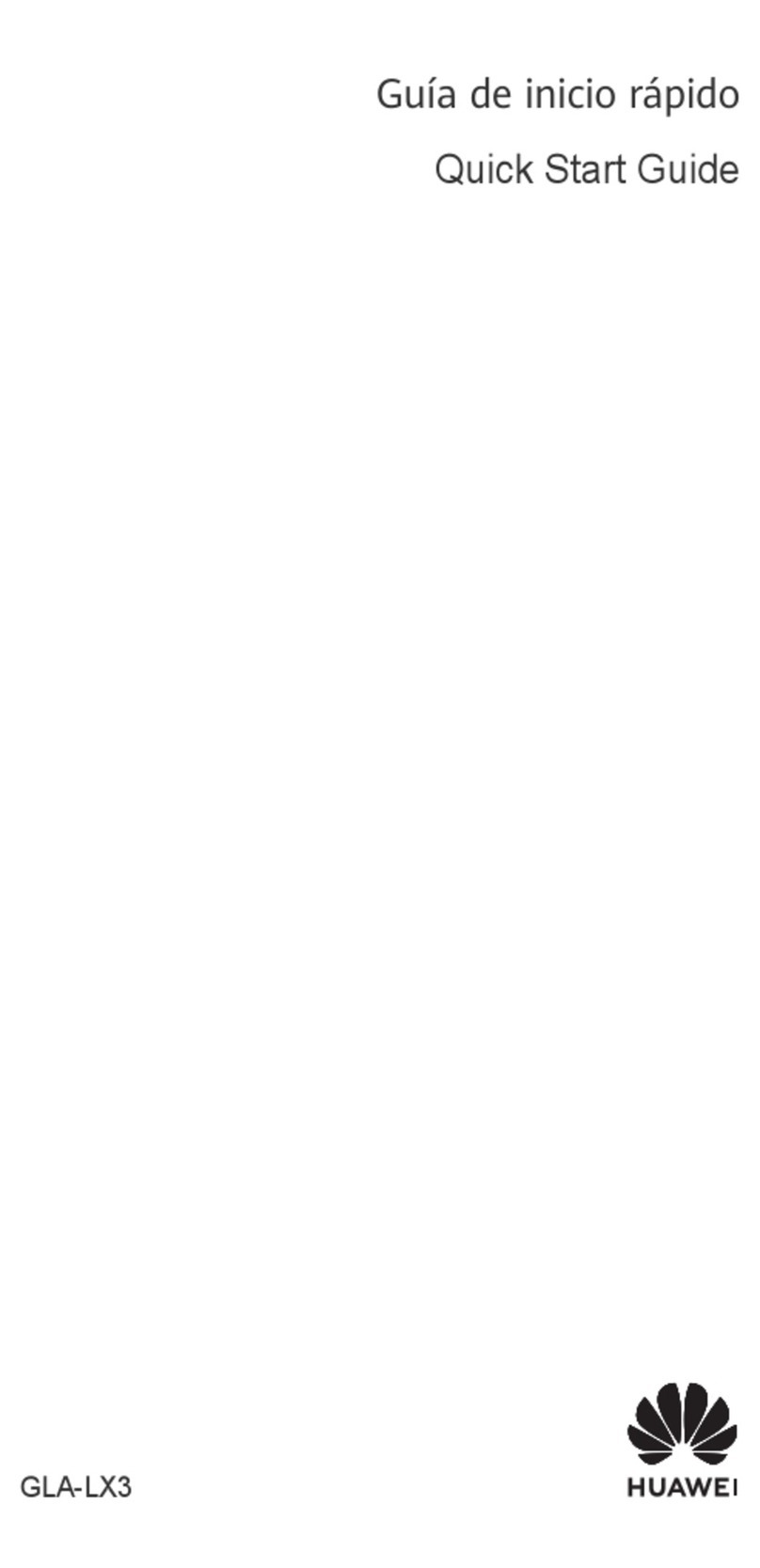
Huawei
Huawei GLA-LX3 User manual

Huawei
Huawei ELE-L09 User manual

Huawei
Huawei Ascend Mate User manual
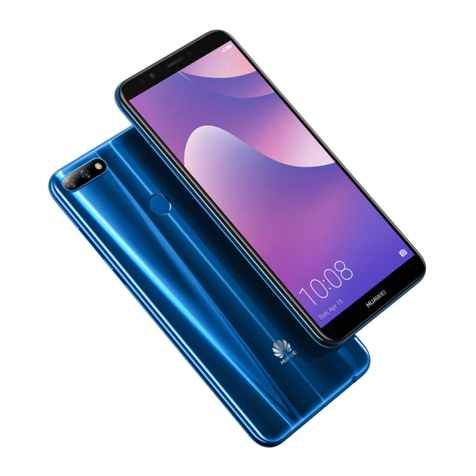
Huawei
Huawei DN-TL10 User manual

Huawei
Huawei nova Y70 User manual
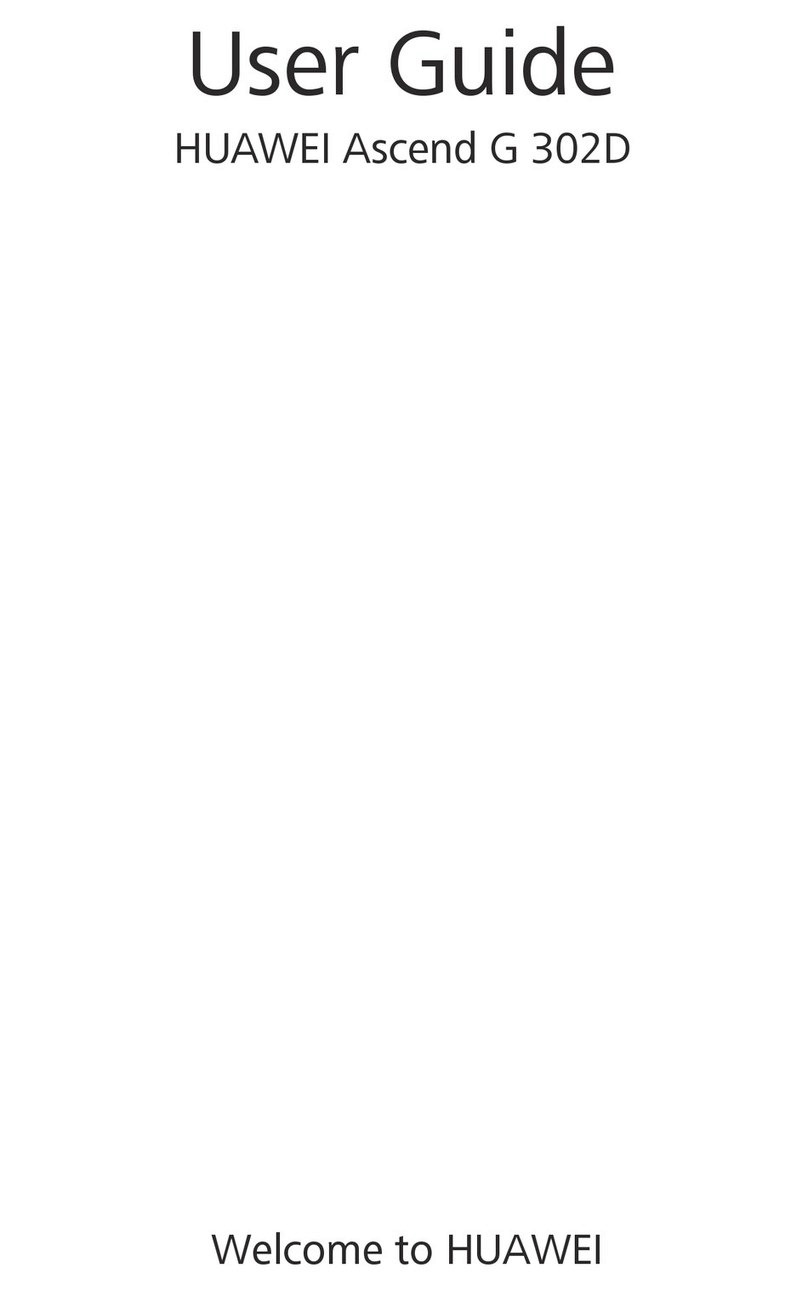
Huawei
Huawei Ascend G 302D User manual
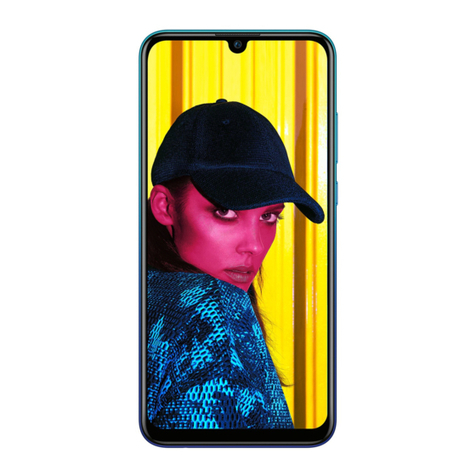
Huawei
Huawei P smart + 2019 User manual
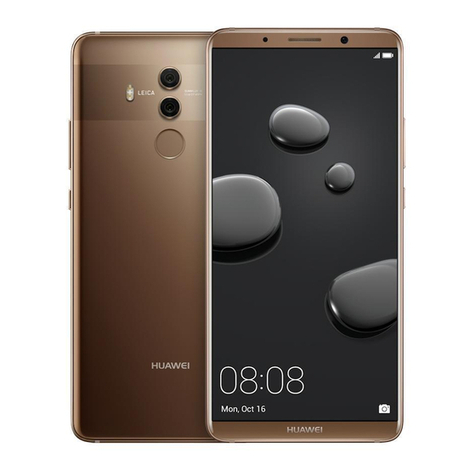
Huawei
Huawei Mate10 Pro User manual

Huawei
Huawei Ascend Y 201 Pro User manual

Huawei
Huawei ASCEND G620 User manual
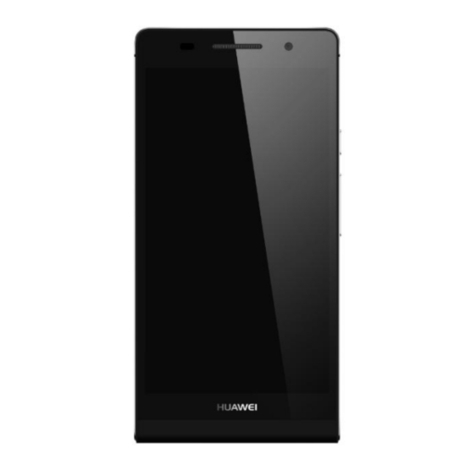
Huawei
Huawei EDGE-U06 User manual

Huawei
Huawei M886 User manual

Huawei
Huawei P9 lite mini User manual
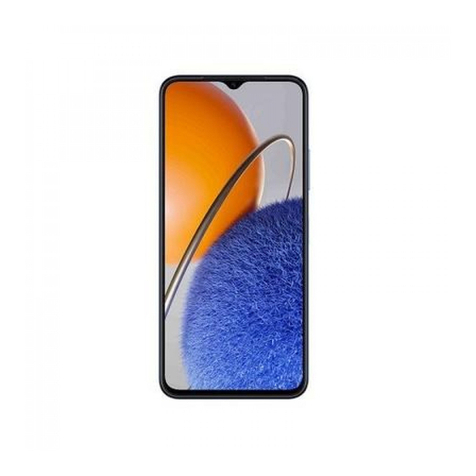
Huawei
Huawei EVE-LX3 User manual

